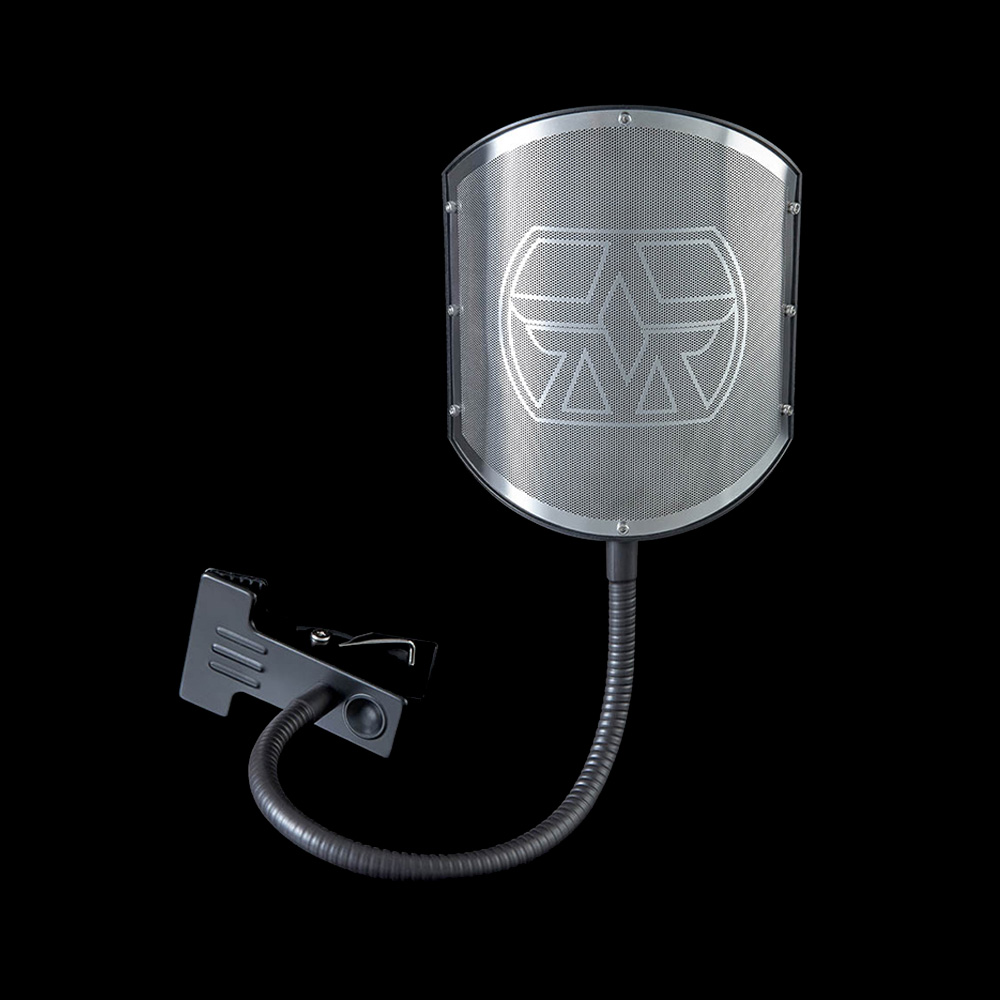cfg
Member
I recently bought a pop screen, an Apex, which has two thin nylon layers in a circle frame. My first tests were ambiguous. I thought I heard some shaving of the high and perhaps less clarity, but I can't say for certain yet. There are other kinds on the market, including this much more expensive model from Aston:

 www.astonmics.com
www.astonmics.com
I'm curious to hear opinion on pop filters in general, and perhaps from anyone who has the Aston and has compared it to the nylon style screens. My intuition is that it would be preferable to not use one, but I have virtually no experience with vocal recording at this point.

Shield GN
Perfecting your vocal tracking and giving a real touch of class to your mic set up, the Aston Shield GN is a must-have accessory for every studio. It features a unique, stainless steel pop filter and comes with a quality goose-neck.
I'm curious to hear opinion on pop filters in general, and perhaps from anyone who has the Aston and has compared it to the nylon style screens. My intuition is that it would be preferable to not use one, but I have virtually no experience with vocal recording at this point.




